Wrecks, Reefs and Rays with the Sony α6400 in Fantasea Housing: Part I – Bali
The following article was originally published on DivePhotoGuide.com (DPG) and is reproduced here with permission. The copyright in the images and video are held by the author and may not be used without permission.

Fantasea-AOI’s UWL-09F wide-angle wet lens made capturing wide-angle perspectives of the Liberty wreck easy and enjoyable
Sony didn’t start the mirrorless revolution, but they have become one of the industry’s leaders after producing the first full-frame mirrorless camera with an autofocus system in 2013—leaving the likes of Canon and Nikon playing catch-up. While Sony’s full-frame models are very impressive and employ some cutting-edge technology, they are by no means light on the wallet and are less consumer-friendly as a result. What has really changed the game for underwater shooters who demand quality photo and video capabilities at an affordable price has been Sony’s α6000 series—with the α6400 being the newest release in this impressive line of cameras.
It’s not just the cameras that have made a massive technological leap and established a middle ground between affordability and quality; the housing market has done the same, specifically Fantasea. The company has done an excellent job of creating a housing that asserts the reliability and functionality of a high-end aluminum bodied housing, just at a fraction of the price thanks to its polycarbonate design. For the Sony α6400 with Fantasea’s new FA6400 housing, you’re looking at less than $2,000, and that includes camera, lens, lens port, and zoom gear—everything you need to start shooting out of the box. What’s more, the new housing comes complete with vacuum check and leak detector, a double main O-ring, and interchangeable ports so the user can make full use of the wide range of E-mount lenses.

Sony α6400 in Fantasea FA6400 housing with Fantasea-AOI UWL-09F wide-angle wet lens
The good folks at Fantasea have been generous enough to provide me with the α6400, 16–50mm f/3.5–5.6 (a 24–75mm full-frame equivalent standard kit lens) and housing along with a couple of handy wet lenses—the Fantasea-AOI UWL-09F wide-angle lens and the Fantasea-AOI UCL-900F +15 super macro lens—so I can see for myself what this nimble rig can do. As someone who made the switch from DSLR to mirrorless almost two years ago, I can’t help but feel a tinge of excitement at being able to get firsthand experience with this new gear. And thanks to the advice and assistance from Dive Safari Asia, a UK dive travel agency with years of experience diving in Asia, I’ve been able to concoct the perfect combination of subjects and locations aimed at obtaining a solid idea of how this camera and housing function together.
The first leg of my trip will take place in a sleepy Balinese village called Seraya. The small coastal village hasn’t just become famous for its predictable world-class muck diving—where everything from harlequin shrimp and ghost pipefish to wonderpus are regular encounters—but also because the USAT Liberty wreck is just around the corner. Aided by my generous host resort and dive center, Scuba Seraya, whose luxurious accommodations and camera-friendly facilities are the stepping stone to some of Bali’s best diving, I should hopefully be able to check out the camera’s low-light capabilities and see how it performs in a variety of situations, from super-macro to wide angle.

One of the artificial reefs just off the shore from Scuba Seraya made for some excellent wide-angle opportunities
First Impressions of the α6400
Before I actually laid eyes on the Sony α6400, I had familiarized myself a bit with its impressive specs. The camera boasts a 24-megapixel APS-C sensor, 4K/24p video from the full sensor width, and full manual controls—these features alone suggest a camera body that would be closer in size to a DSLR. However, after unpacking the camera, I was quite shocked to find a camera body that is actually not much larger than your typical compact. Adding Sony’s comparatively tiny 16–50mm “pancake” zoom lens only modestly increases the camera’s size.
Now you would think that such a compact design might limit the number of proper physical dials and buttons included on the camera itself, and force you to rely more on menus to access the camera’s main functions. Not so. Sony has managed to include everything from separate aperture and shutter speed dials, ISO, and drive mode selection, to the highly customizable “My Menu” tab and a really intuitive function button that provides quick access to a number of important menu items like Custom White Balance and Focus Area.

You can easily switch between natural light photography and flash photography by turning on and off the α6400’s flash
The α6400 in Fantasea’s Housing
Even before inserting the camera into the housing, it’s clear that Fantasea has put a lot of thought into the design. The zoom gear is made from durable rubber and slips effortlessly over the front of the lens, relieving the user from having to remove the lens to install said zoom gear and thereby reducing the chance of any annoying dust particles from landing on the camera’s sensor. Thanks to the locking tray mechanism, the camera sits snugly inside the housing, holding it in perfect alignment with the cogged wheels and plungers operating the camera’s controls.
A few things to keep in mind when you’re putting the camera in the housing: First, make sure the pop-up flash is locked in the down position—even if you intend to use it as your optical strobe trigger—and later engage it by pressing the housing’s flash button once the rear door is closed. Second, ensure the camera’s power switch is aligned with the corresponding control on the housing—otherwise you won’t be able to turn the camera on once you’ve submerged the housing! Third, and just as important, the LCD screen has to be lifted slightly before mounting on the camera tray. And finally, for extra peace of mind, turn on the vacuum check and moisture alarm and vacuum-seal the housing.
When I’m first getting to know how a new camera and housing work together, I always check a couple of things right off the bat. The most important is whether or not the housing allows access to all the camera’s buttons and dials. It’s something that’s worth checking carefully, as budget housings will sometimes restrict certain functions. Given the well-thought-out design of the FA6400, I’m not surprised to discover that it does, in fact, allow full use of all the external controls, with each one’s function clearly indicated on the housing.

The Fantasea-AOI UWL-09F wide-angle wet lens’ close-focusing capabilities made it very easy to capture large scenes such as this chunk of wreck covered in corals
Wide-Angle Photography
One of my all-time favorite dive sites is the USAT Liberty wreck, its predictably clear water coupled with an abundance of soft corals and sea fans clinging to the semi-intact skeleton of the massive ship offering some outstanding wide-angle opportunities. I made sure it was the first dive I did with the rig. Since this would strictly be a wide-angle dive, I used the impressive-looking UWL-09F wide-angle wet lens, which screws directly onto the housing lens port via standard 67mm threads.
Despite this being my very first time with the camera and housing underwater, the intuitive design and ergonomics of the housing made the transition from my personal rig (Panasonic Lumix GH5) to the Sony/Fantasea setup really quite seamless. Sony has made the white balance settings readily available and calibrating custom ones was a breeze: I was able to set three custom white balances and save them, allowing me to cycle though them when I needed with just a few button presses. Also, being able to engage and disengage the pop-up flash as I repeatedly switched between close-focus flash photography and ambient light shooting was a lifesaver, since the fastest shutter speed possible with the pop-up flash is 1/160s.

Despite the α6400’s cropped sensor, the dynamic range of the camera is really quite impressive
No matter the make or model of camera and housing, it’s difficult to get a real idea of the ultimate quality of the photos themselves when they are viewed on an LCD screen behind an acrylic barrier in harsh light. The true image quality would be one of those things that had to wait to see on my larger computer screen. For now I would just have to assume everything was really as good as it seemed to be. That being said, it’s not like I was shooting completely blind. A few things were obvious straight away, the first being that the UWL-09F wide-angle lens is really, really wide—which was ideal given all the fantastic large subjects the wreck offers. There is essentially no minimum focus with the wet lens either, which was a huge win for image clarity as I was able to focus with the subject practically on the port and therefore have the absolute minimum amount of water between subject and camera. Autofocus was not only snappy, but also highly accurate—even in the low-light interiors of the wreck.
Shooting into the sun was the one situation I encountered that challenged the camera and housing. First of all, the maximum shutter speed with the pop-up flash engaged is 1/160s—as opposed to 1/250s offered by many cameras. This slower maximum shutter speed with flash does make it a bit tricky to get great sunbursts—particularly on really sunny afternoons.
Also, when using the wide-angle wet lens, I noticed that if I had the camera angled upwards with the sun entering from the right or left of the frame, I would get a particularly large flare in the opposite corner of the frame. If I was careful to reduce the angle or hide the sun behind something then the flare would either be reduced to almost nothing or disappear completely, but this did have a slight impact on my compositions. (Flaring when shooting into the sun is a common issue with wide-angle lenses, and the phenomenon may be better controlled by a fisheye like the Tokina 10–17mm.)

With an easy custom white balance setting, it was possible to capture the wreck’s natural colors accurately without the use of strobes
Wide-Angle Video
Switching between photo and video is a simple matter with the α6400. If you wish, you don’t even need to switch the camera into video mode to do so: From the manual photo mode, I could simply press the record button—easily accessed by my right thumb—and it would begin recording. For me, this is an awesome feature, as I’m constantly switching between the two while diving. Even though it only takes a second or two to spin the dial on top of the camera to switch shooting modes—those seconds could be the only ones you have to capture fleeting moments.
The most significant feature that distinguishes the new α6400 from the almost three-year-old α6500 is the latter’s in-body image stabilization. With the α6400, you’re relying on in-lens stabilization—Optical Steady Shot, as Sony calls it—to alleviate the wobbles in your video. Not only does the feature seem to work well, the housing is very well balanced and is just the right amount of weight to comfortably film with, even with one hand. Together, they helped me produce nice smooth clips that looked great straight out of the camera.

In a situation like this, the α6400 allows you to set focus manually so the AF doesn’t accidentally lock onto one of the small fish darting in and out of the reef
As opposed to shooting photos, where I tend to rely more on the AF modes, I loved the fact that I was able to switch into Manual Focus mode and use the buttons to set the focus. My rationale for this is that no matter how great the autofocus is on a camera, I don’t want to run the risk of the focus jumping to something else and the focus on my intended subject being momentarily lost. There is nothing more annoying than discovering that the AF switched to a passing bit of seaweed right at the peak of the action.
All that being said, I did do some filming with the camera in one of the AF modes to see how responsive it was, and I can honestly say that I could have spent the whole day shooting with autofocus and not noticed the difference. The α6400 clearly has a very impressive autofocus system and the camera should give even the most experienced shooters confidence—particularly for subjects like mantas and sharks that may be coming from a good distance away right up to the port, where locking the focus manually wouldn’t be a practical approach.

The housing’s good ergonomic design made it possible to quickly change settings in order to capture this fleeting moment when a school of fusiliers passed over the soft coral
Macro Photo and Video
There’s a great deal of flexibility on offer with the FA6400 housing. On the one hand, Fantasea’s FML port system allows you to accommodate a large selection of lenses and not just the handful of Sony E-mount options, but also great “classic” lenses via an adapter like the Tokina 10–17mm or Canon 8–15mm. You’ll get the maximum image quality, but the trade-off is that your shooting flexibility takes a hit: You have to commit to macro or wide angle on a given dive, because you have to get back to the surface to switch lenses.
On the other hand, as with my test system, you can opt for a versatile, compact zoom like the Sony 16–50mm kit lens in combination with a couple of great wet lenses to allow you to capture the tiniest subjects and the largest scenes. Arguably, this option will suit most shooters: The convenience of switching wet lenses as the need arises during a dive is hard to beat. With my α6400 setup, all that I had to do was unscrew the UWL-09F wide angle and then mount the UCL-900F +15 super macro, which uses the same threads. Keep in mind, though, that you do need to zoom in significantly when using the super macro wet lens as there’s vignetting with the 16–50mm set at the wider end.

As 100% magnification shows (inset), the α6400 captures an impressive amount of detail
The flexibility in the field of view means you can go from filling the frame with the subject’s eye to a fish-eye perspective in a matter of seconds. Though I never went this extreme, I did shoot without wet lenses on multiple occasions in order to capture the subject and its surrounding environment. This is a huge advantage for both photographers and videographers. Photographers can be more creative in their imagery while videographers can capture entire sequences in a single dive without sacrificing quality, given the high-quality optics of good wet lenses, like those in Fantasea’s catalogue.
Where both video and photo are concerned, I was extremely pleased with how the camera performed as a macro rig. Despite the close working distance imposed by the super macro wet lens—where changes in distance of mere fractions of an inch result in shifts in the focus on your subject—the α6400’s autofocus was so good, once it locked onto the subject, it didn’t let go.
And while I had the impression that the lens’ built-in stabilization was helping smooth out my shots when filming wide angle, it was unequivocally confirmed now that I had gone super macro—the ultimate test of a camera’s ability to stabilize an image. Even tracking a moving ghost pipefish with the lens zoomed to its farthest point, I was able to see that the footage would come back nearly butter smooth and only require a minimal amount of post-production stabilization.
The out-of-camera footage from the α6400 proved to be very impressive and only required minimal color correction and stabilization in post
On the Big Screen
Before uploading the files to my computer, just about everything I had in my mind about the camera and housing was basically just a hunch. On the little LCD underwater, the clarity of the images looked great, the same went for the colors and corner sharpness, but now was the moment of truth when I would know for sure just how the camera had performed. There was already no doubt about the housing’s performance: Despite heavy use throughout the day, operating the camera to its fullest via the housing’s controls never got tiring, all the buttons and dials worked flawlessly no matter how deep I dove, and the vacuum seal ensured that it didn’t leak or fog up.
Looking closely at both stills and video on my computer, I was very pleased to see that everything I had previewed on the camera’s LCD seemed to be an accurate representation of the camera’s image quality. The colors—whether I was shooting in natural light with a custom white balance or using strobes—were very accurate and well balanced, making the post-production process so much less time-consuming.

The hanging soft coral coupled with the raw edges of the wreck were great ways to test how well the camera captured the detail in different elements of the photos
I spent a lot of time inside the wreck where the dynamic range can be, well, dynamic. Once again, the camera didn’t disappoint, doing a solid job of balancing the highlights with the shadows. After some moderate adjustments in post—lifting the shadows and reducing the highlights—I found that the level of detail recorded in each of these areas to be very impressive. Moreover, inspecting the 4K video files, I was quite shocked to find that when the α6400’s footage was put side by side with a similar clip from my Panasonic Lumix GH5—a camera capable of true broadcast quality video—I had a hard time telling the two apart.
One thing I did notice when reviewing the imagery was the compromise you get with almost any wide-angle wet lens: reduced corner sharpness, especially with wide apertures. With the Fantasea wet lens, slightly softer edges were noticeable with the lens zoomed out all the way, along with a slight vignette from the lens shade. With very close-focus shots, the softness in the corners was clearly present. Corner sharpness was much less of a concern in video mode since the 16:9 aspect crops the top and bottom of the frame where the distortion is most noticeable. Either way, the issue of corner softness with wet lenses can largely be mitigated with the common workarounds—using smaller apertures, keeping your subject away from the corners, and zooming in slightly.

The α6400’s autofocus was snappy and accurate when tracking this shape-changing group of shy sweetlips
Final Thoughts
Overall, I was incredibly impressed with the Sony α6400 and Fantasea’s housing solution. The idea that for $2,000 one can get a rig that offers the ability to shoot amazing high-resolution images and 4K video—both of which can hold their own against much pricier (and much less portable) full-frame cameras—is really remarkable. You also don’t need to compromise much on user experience, functionality or durability.
My time with the α6400 and Fantasea housing is by no means over. The diving offered by Scuba Seraya has given me a solid idea of the camera and housing’s strengths, but I can’t help but feel as if I’m just getting started. With so many features to explore and experiment with (variable frame rates for super slow motion video, for starters!), I just need more time with it.
For some new subjects and scenery, and a completely different perspective of the underwater world, I’ll soon be heading on a two-week snorkeling tour hosted by Snorkel Venture, and for round two with the Sony α6400 and Fantasea FA6400 housing, I’ll be splitting my time between Komodo and Alor and all of the exciting things these two iconic locations offer.

The ultimate test of a camera’s dynamic range is the interior of a wreck, where the dark recesses are pierced by highlights
About Alex Lindbloom: Alex is an award-winning underwater photographer and videographer originally from Boise, Idaho and Seattle in the USA. His work has been featured on the Discovery Channel, in various dive magazines, on display in the United Nations building in New York City, and even on a 100-foot monitor in one of Jakarta’s skyscrapers. After leaving the States in 2010 to pursue film and photography in Asia, Alex quickly fell in love with the never-ending diversity of Indonesia, where he has lived and worked since 2013. www.alexlindbloom.com




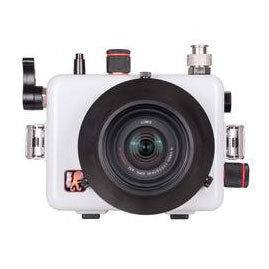
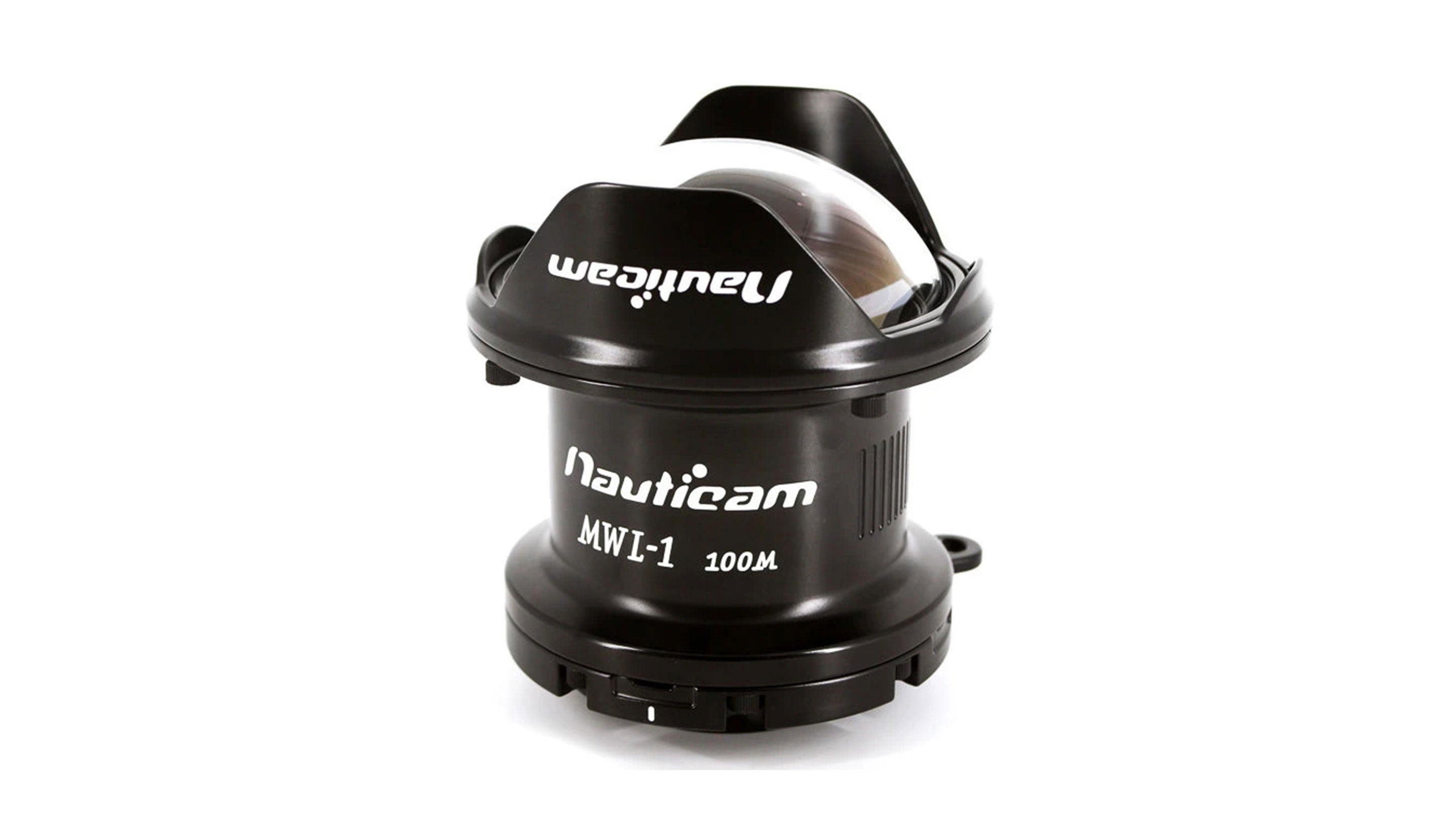
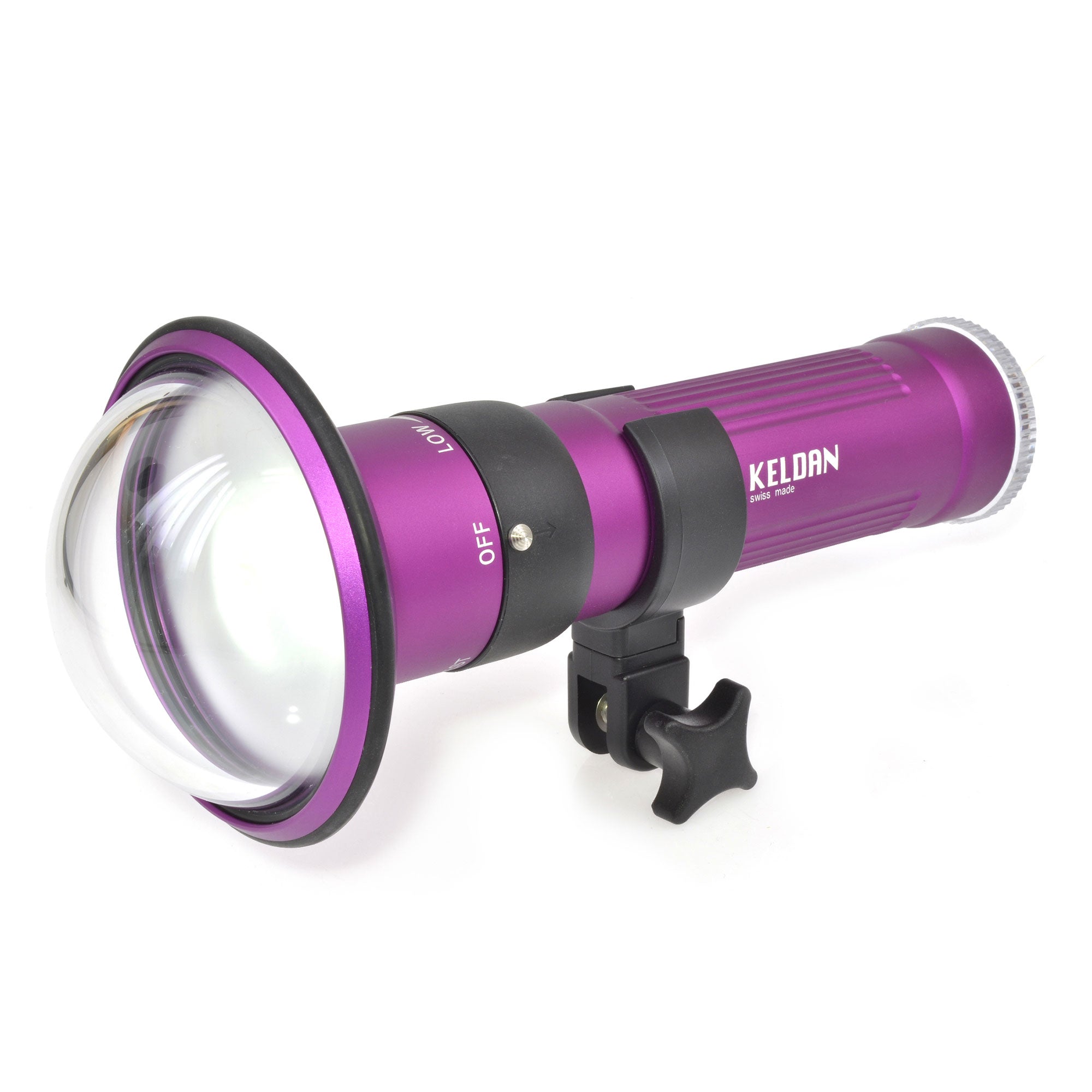
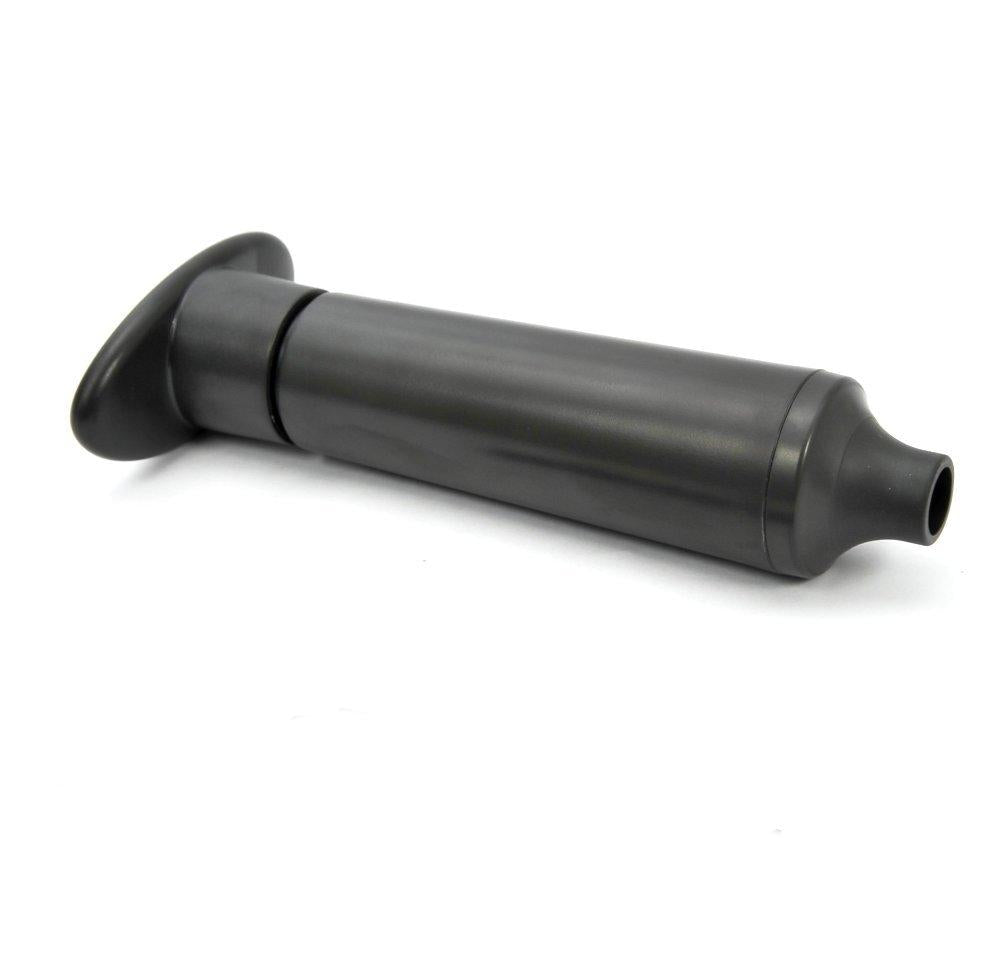


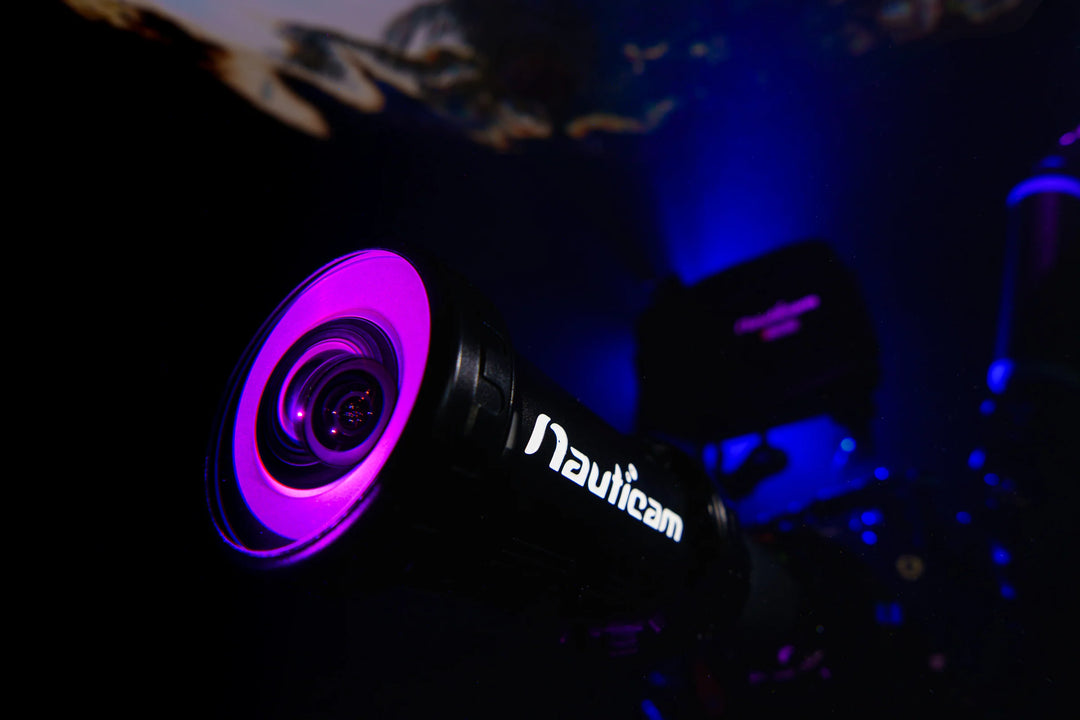
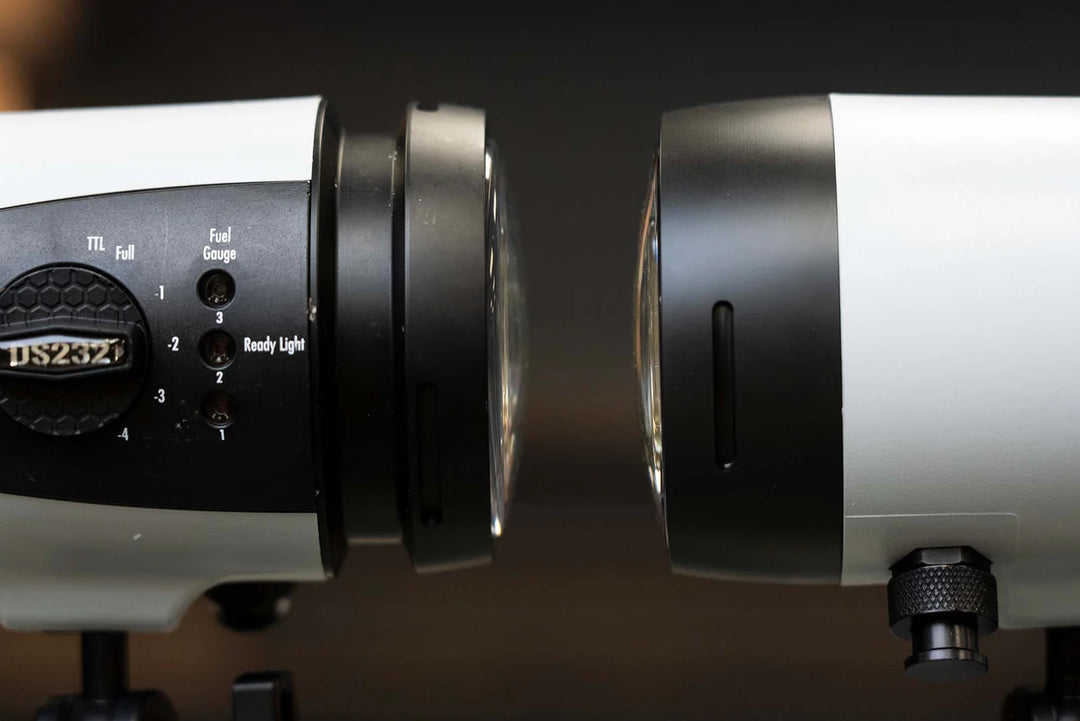
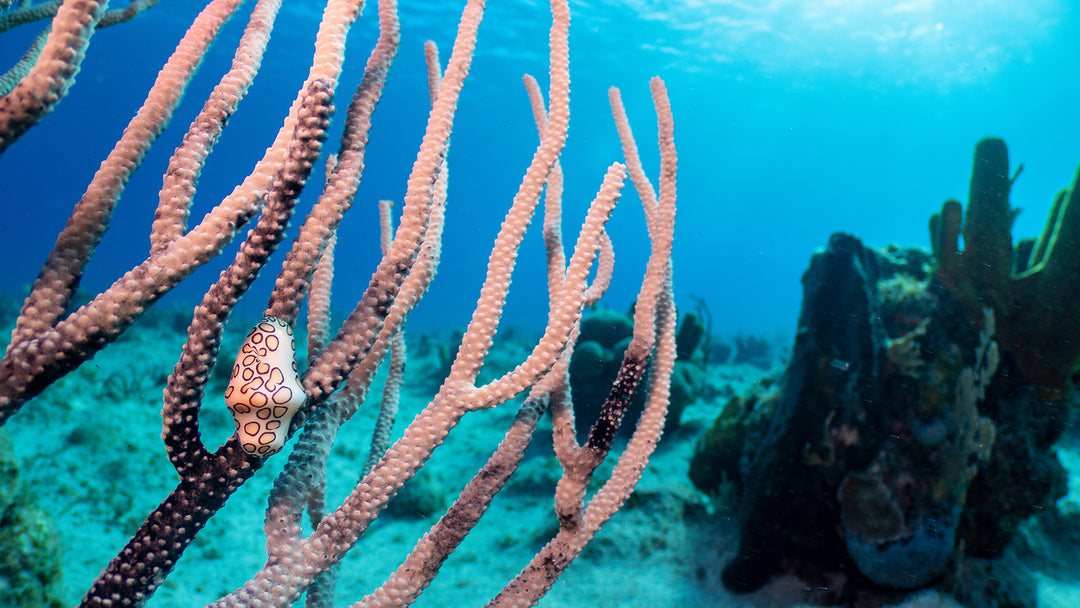
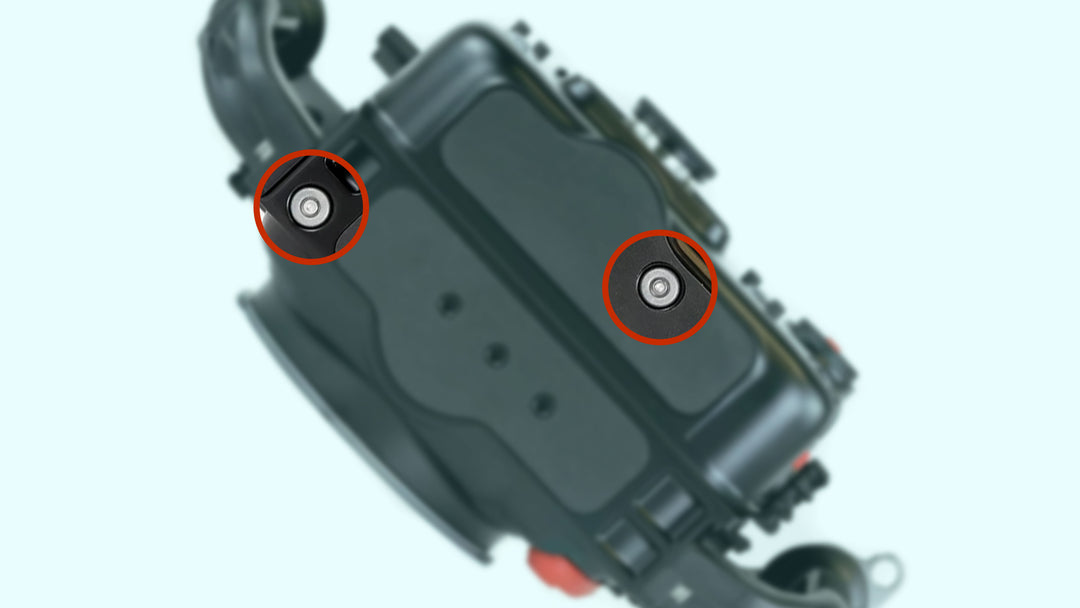
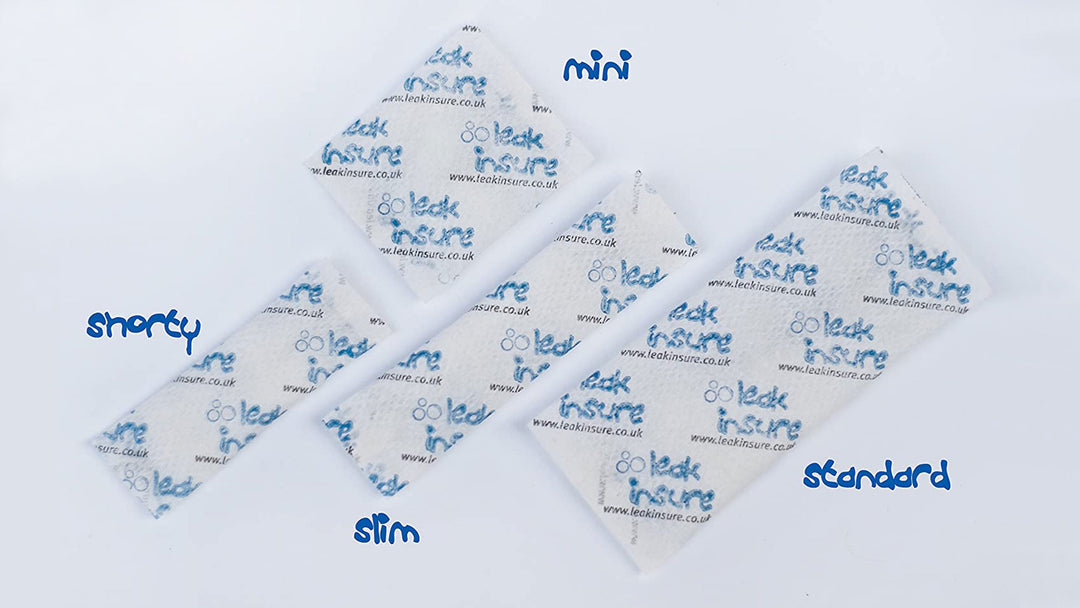
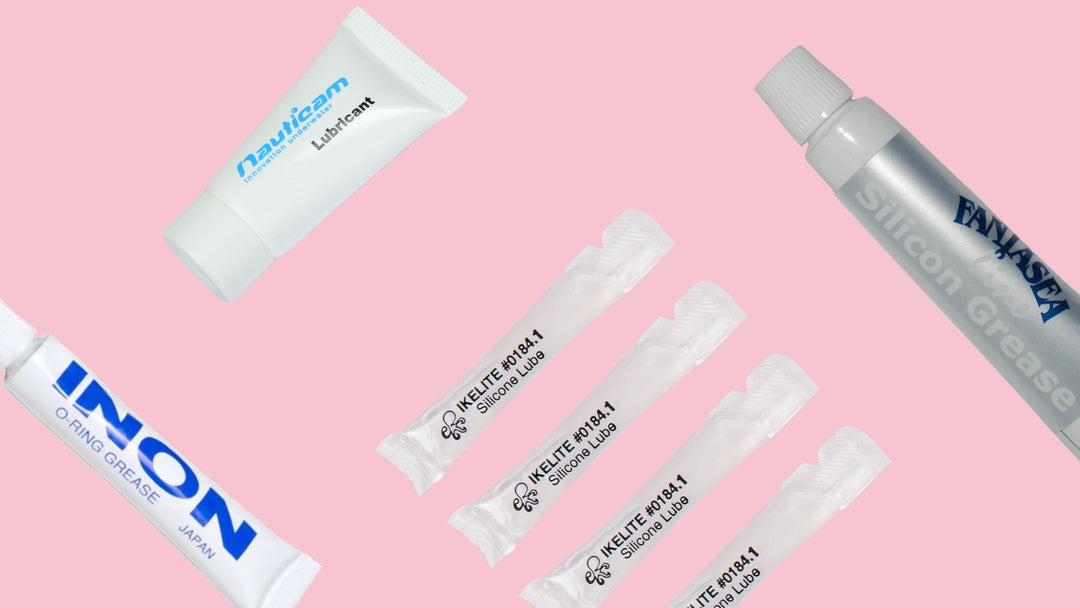
Leave a comment